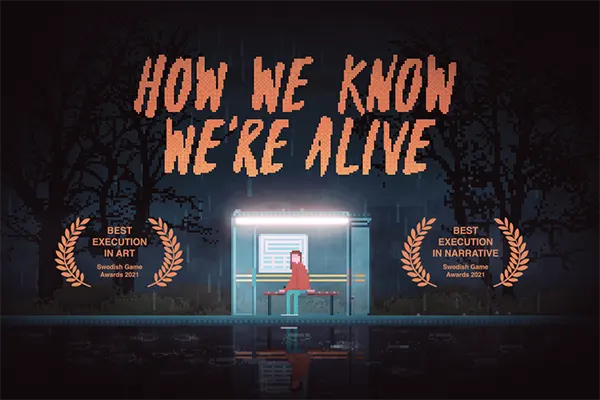
How We Know We’re Alive: A Poignant Interactive Tale from Sweden
“How We Know We’re Alive” is not your average indie game. Created by the small Swedish studio Motvind Studios, this title combines interactive storytelling with a strong emotional undercurrent. It doesn’t rely on flashy mechanics or complex puzzles—instead, it offers a heartfelt narrative grounded in loss, faith, memory, and reconnection. Released initially in 2021, the game continues to resonate in 2025 due to its universal themes and minimalist elegance.
The Core Storyline and Emotional Journey
At the centre of the story is Sara, a woman returning to her rural hometown of Härunga after a decade away in Stockholm. The journey is not casual—she is there to visit the grave of her best friend, Maria, who died tragically ten years prior. What unfolds is a nuanced exploration of grief and the search for meaning. Sara’s disillusionment with religion contrasts sharply with her surroundings, especially in a community where faith plays a central role in daily life.
Over the course of the game, players guide Sara through familiar streets, interact with locals, and piece together fragments of Maria’s final days. Through gentle conversations and ambient storytelling, the game explores themes like survivor’s guilt, ambition, stagnation, and the fragile nature of friendships strained by time and silence.
Despite its short runtime—about an hour—the emotional depth is unmistakable. Players often find themselves reflecting on their own friendships and the complexities of unresolved goodbyes. This intimacy and sincerity make “How We Know We’re Alive” stand out among interactive narratives.
Visual Style and Atmosphere
The game’s pixel-art design is a key element of its storytelling power. Using soft autumnal tones and subtle lighting effects, the visuals evoke nostalgia and melancholy in equal measure. Härunga is beautifully rendered, capturing the stillness and spiritual weight of small-town Sweden. The decision to depict every location with care and stillness allows players to soak in the atmosphere at their own pace.
Each scene is framed like a photograph, with slow, deliberate movements and subtle environmental cues. There’s no rush, no clutter—just a quiet world filled with memory. Combined with a haunting piano soundtrack by Ivan Starenius, the mood remains contemplative throughout. This simplicity enhances the emotional stakes without distraction.
The artistic direction avoids spectacle and embraces restraint. This choice aligns perfectly with the game’s themes, where much of the emotion lies beneath the surface. Every pixel feels purposeful, every moment considered.
Gameplay Mechanics and User Experience
Mechanically, “How We Know We’re Alive” is minimalist. There are no puzzles to solve or choices to branch the narrative. Instead, the game operates as a linear experience, focusing on storytelling through dialogue and exploration. This makes it accessible to a wide range of players, regardless of gaming experience.
Interaction is simple: point and click to move Sara through locations and initiate conversations. This minimalism ensures that nothing detracts from the narrative’s emotional arc. Text boxes appear with crisp typography, and there are brief moments of introspection between scenes that further immerse the player in Sara’s psyche.
The lack of branching choices might initially seem limiting, but it actually enhances the narrative focus. There’s a definitive story the creators wanted to tell, and it unfolds with clarity and poignancy. In a medium often obsessed with interactivity, this directed experience is refreshingly disciplined.
Audience Reception and Impact
Since its release, “How We Know We’re Alive” has earned a loyal following. Players praise its emotional honesty and the respectful portrayal of complex topics like death, faith, and estrangement. On platforms like Steam and Itch.io, reviews frequently cite how the game left them in tears or contemplation long after it ended.
In classrooms and forums dedicated to narrative design, the game is often used as a case study in how simplicity can deliver profound experiences. It’s also noted for its cultural specificity—presenting Swedish rural life with nuance and without exoticism. This authenticity has made it appealing not just to local audiences but internationally as well.
In 2025, the game continues to be included in discussions about narrative innovation and emotional storytelling. It remains an example of what independent studios can accomplish when they prioritise heart over hype.
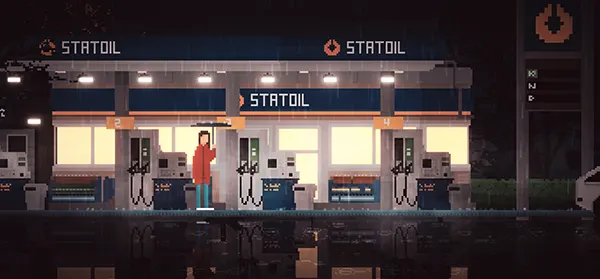
Why This Story Matters in 2025
The ongoing relevance of “How We Know We’re Alive” stems from its thematic resonance in a post-pandemic, increasingly digital world. As isolation, grief, and reconnection become familiar experiences globally, the game’s core message feels more universal than ever. It reminds us that stories grounded in the personal often have the most collective impact.
Moreover, the rise of short-form narrative games as accessible art continues to grow. In a market filled with demanding AAA titles and competitive multiplayer formats, smaller experiences like this offer introspection and humanity. They provide a space for emotional vulnerability in an otherwise overstimulating industry.
In educational and therapeutic settings, “How We Know We’re Alive” is now being explored as a tool for discussing grief and memory. Its structured but gentle approach allows it to serve as a bridge in conversations that are otherwise hard to begin.
Legacy and the Future of Narrative Games
The success of this game has contributed to a growing movement of emotionally driven storytelling within the indie game scene. Titles like “Before Your Eyes” and “If Found…” follow similar paths—emphasising feeling over function, presence over performance.
For future developers, “How We Know We’re Alive” offers a lesson: that limitations can be strengths. With no need for combat systems, elaborate mechanics, or blockbuster budgets, Motvind Studios demonstrated how sincerity and clarity of vision can move audiences just as effectively.
As interest in intimate storytelling continues, the legacy of this small Swedish game grows. It may be short, but its emotional echoes linger long after the screen fades to black.
RECOMMENDED GAMES
-
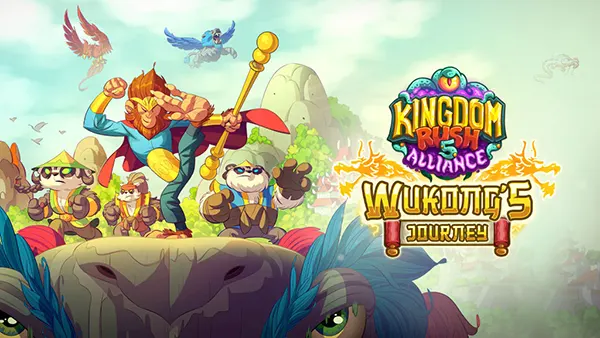 Kingdom Rush 5: Alliance – Wukong’s Journey: The Return of a Legend...
Kingdom Rush 5: Alliance – Wukong’s Journey: The Return of a Legend...The Kingdom Rush franchise has long been regarded as one …
-
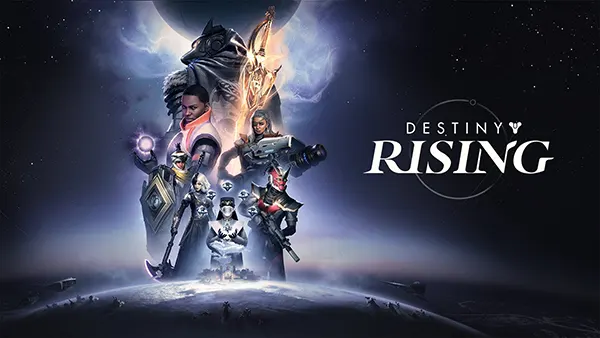 Destiny: Rising — A Mobile Sci-Fi RPG Shooter
Destiny: Rising — A Mobile Sci-Fi RPG Shooter“Destiny: Rising” has emerged in 2025 as one of the …
-
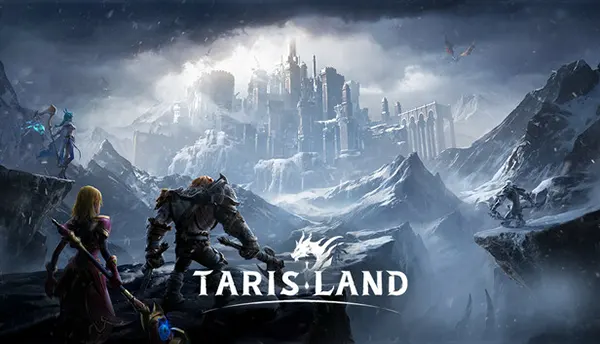 “Tarisland” — Attempting to Bring WoW to Mobile: Success or Failure?
“Tarisland” — Attempting to Bring WoW to Mobile: Success or Failure?In 2025, the mobile gaming market has witnessed another ambitious …
-
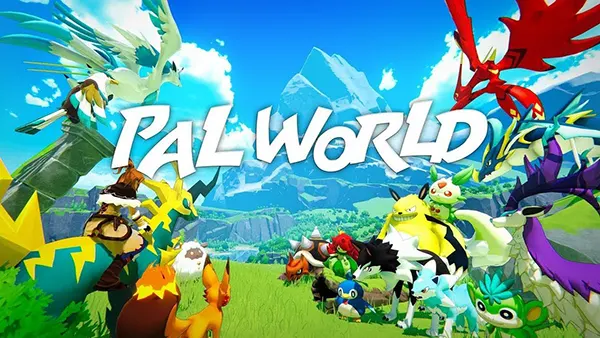 Palworld Mobile: Pokémon With Guns Soon on Smartphones
Palworld Mobile: Pokémon With Guns Soon on SmartphonesThe gaming world was caught off guard by the unexpected …
